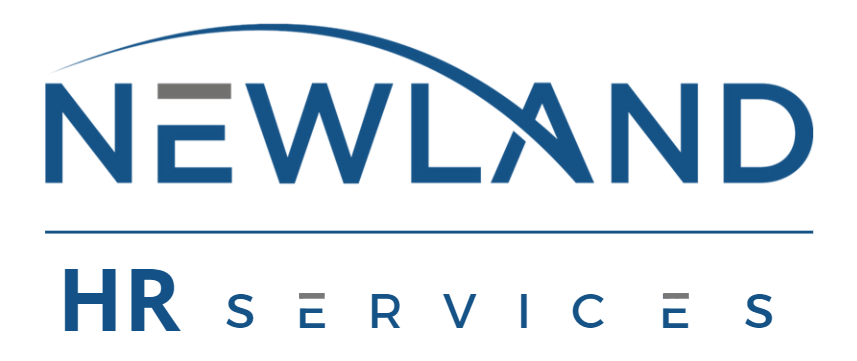Predictive retention is changing how organizations address turnover. Employee attrition is no longer just an HR metric, it’s a strategic drain on capability, culture, and growth. In industries such as technology, financial services, healthcare, and manufacturing, the cost of replacing talent can reach hundreds of thousands of dollars per person. According to the Society for Human Resource Management, replacing an employee can cost six to nine months of their annual salary. For a high-performing employee earning $150,000, that means a replacement cost of $75,000 to over $100,000.
Faced with these pressures, forward-thinking organizations are shifting their approach. Instead of defaulting to external hiring, they are investing in employee redeployment—moving at-risk employees into new internal roles using predictive attrition analytics and skills intelligence. This data-driven strategy protects institutional knowledge, strengthens retention, and reduces dependence on external talent markets.
The Real Cost of Replacement vs. Redeployment
When organizations lose an employee, the true cost extends far beyond recruitment fees. It includes onboarding, training, lost productivity, and cultural disruption. Every departure takes with it valuable institutional knowledge and can diminish team morale.
Redeployment, by contrast, retains that expertise. Internal transitions allow employees to apply their skills in new ways without losing alignment with company culture. These moves also accelerate productivity since internally redeployed employees already understand the organization’s systems, processes, and networks. For HR leaders, redeployment represents a proactive shift from firefighting to cultivating long-term talent value.
Predictive Attrition Models in Practice
Predictive attrition models use artificial intelligence and statistical analysis to identify which employees are most likely to leave. These models assess factors such as tenure, performance trends, engagement levels, compensation progression, and even external market conditions.
Research published by Harvard Business Review highlights how predictive analytics can help HR teams intervene before a resignation occurs. For example, a large financial services firm implemented an attrition model that identified 12 percent of its workforce as high-risk. By targeting coaching and career growth conversations to that group, they reduced voluntary turnover by 25 percent in one year.
The key is not only prediction but also action. Models must provide specific insights, such as “this employee may be plateauing in their current role” or “manager relationship strain detected.” These signals empower HR leaders to design targeted retention and mobility strategies.
Integrating Skills Data: The Engine of Redeployment
Prediction alone does not create retention. To redeploy effectively, HR must understand what employees are capable of beyond their current roles. This requires skills intelligence, a living database that maps each employee’s competencies, certifications, experiences, and learning progress.
By combining predictive attrition insights with skills data, HR teams can identify opportunities that align employee potential with organizational needs. For instance:
-
A data engineer flagged as at-risk may also show strong front-end development skills and recent training in UX design.
-
A finance manager showing attrition risk might possess project management experience, making them a fit for a transformation or strategy role.
In one global technology enterprise, predictive models highlighted a senior developer likely to leave. Skills mapping revealed expertise in emerging technologies. HR proactively redeployed the individual into an innovation-focused unit. This move not only retained a key contributor but also accelerated the company’s digital initiatives.
From Risk to Retention: Real-World Success Stories
A major healthcare organization facing high nurse turnover used predictive analytics to uncover burnout patterns linked to scheduling and team fit. Their skills intelligence platform showed that many nurses had advanced credentials in education and leadership. HR redeployed several at-risk employees into roles such as clinical education, quality improvement, and patient engagement. The outcome was a 40 percent reduction in voluntary exits among that group and an improvement in overall morale.
In another case, a manufacturing company used predictive data to identify supervisors at risk of leaving. Skills mapping revealed that many possessed process automation expertise. HR moved them into a new digital transformation initiative, retaining experienced leaders while advancing the company’s modernization goals.
These examples demonstrate how predictive attrition and skills data can transform turnover risk into an opportunity for organizational renewal.
Building Buy-In: The Role of Leadership and Culture
Redeployment-first strategies require cultural commitment from leadership. Executives must champion internal mobility as a sign of growth, not regression. Building this mindset involves several steps:
-
Embedding redeployment metrics into leadership scorecards
-
Training managers to view internal movement as talent development, not team loss
-
Equipping HR professionals with the tools to interpret predictive and skills data effectively
-
Communicating transparently with employees about internal career paths
When employees see colleagues being redeployed rather than replaced, it reinforces trust and signals that the organization invests in people for the long term.
Toward a Self-Sustaining Internal Talent Marketplace
When predictive attrition and skills intelligence operate in harmony, organizations can evolve into dynamic internal talent ecosystems. In these systems, employees move fluidly across departments as business needs shift. This creates workforce agility and reduces over-reliance on external recruitment.
A self-sustaining internal marketplace also elevates engagement. Employees perceive greater control over their career trajectories, while HR gains visibility into talent supply and demand. Over time, this balance leads to lower turnover, improved succession planning, and stronger organizational resilience.
Conclusion: The Strategic Imperative of Redeployment
In today’s competitive talent landscape, replacement is no longer sustainable. The future of HR leadership lies in redeployment before replacement. By integrating predictive attrition analytics with deep skills intelligence, HR teams can identify at-risk employees early and transition them into roles that align with business goals.
Organizations that master this approach not only retain top talent but also foster agility, loyalty, and innovation.
At Newland HR Services, we help enterprises harness predictive models, skills frameworks, and internal mobility strategies to build smarter, more resilient workforce. Discover how predictive insights can help you retain top talent before they walk out the door.








